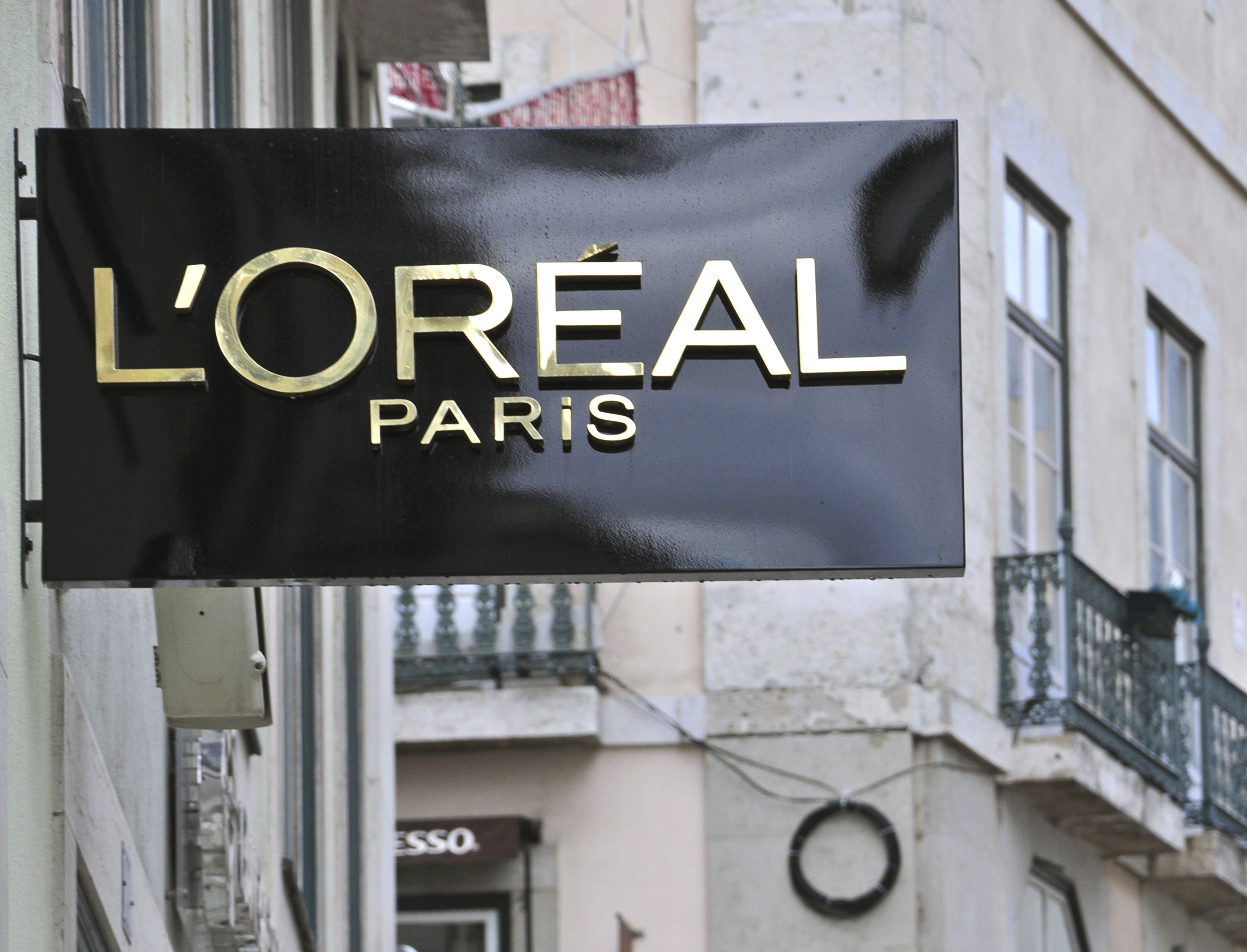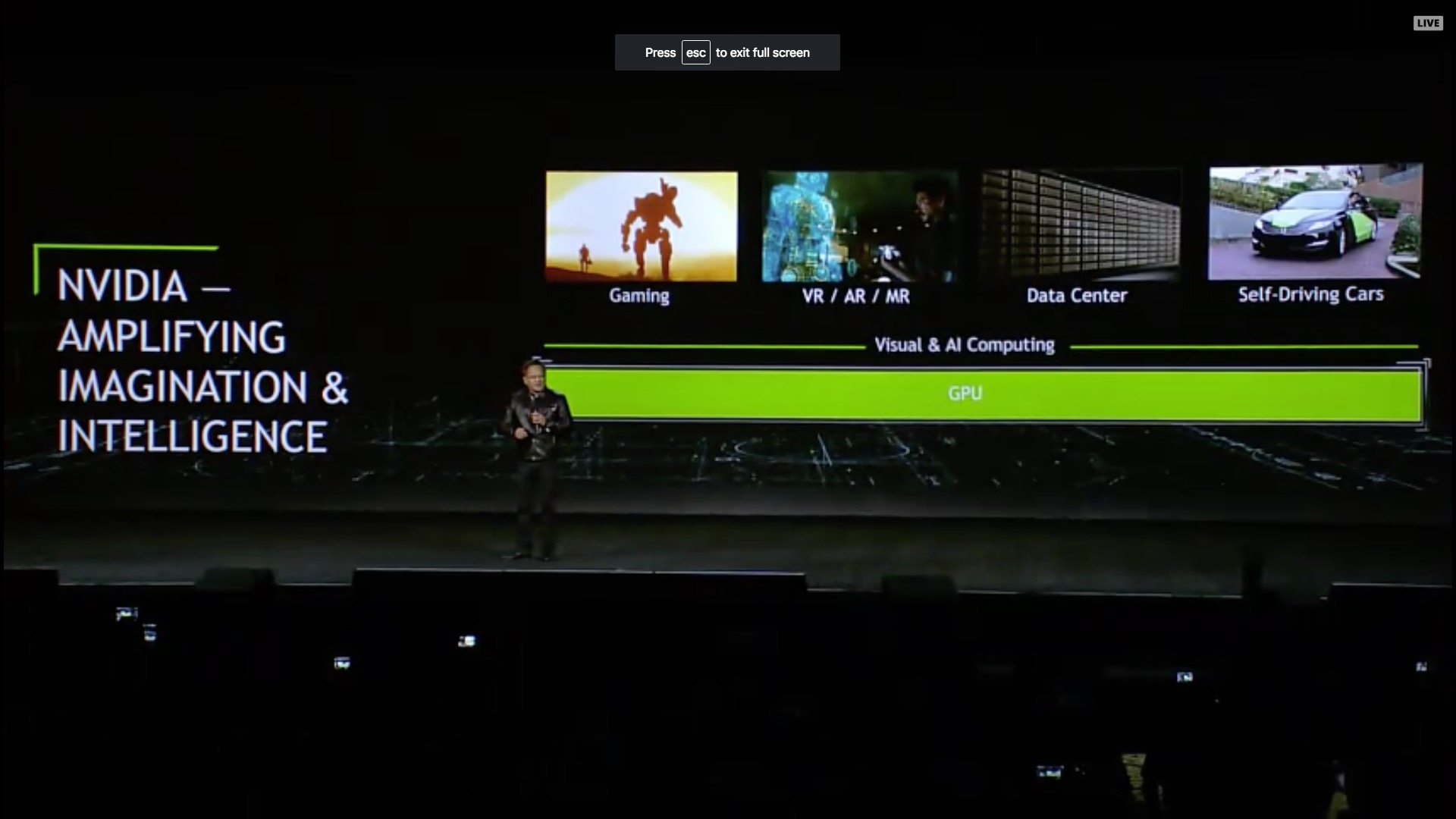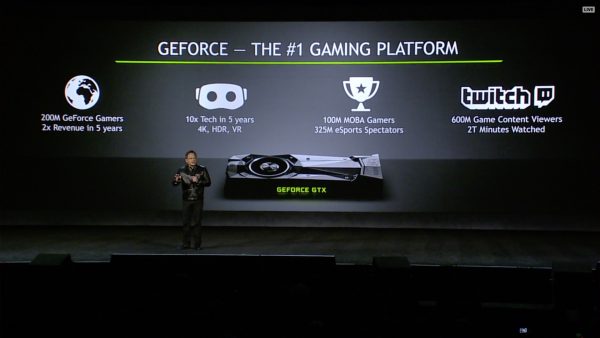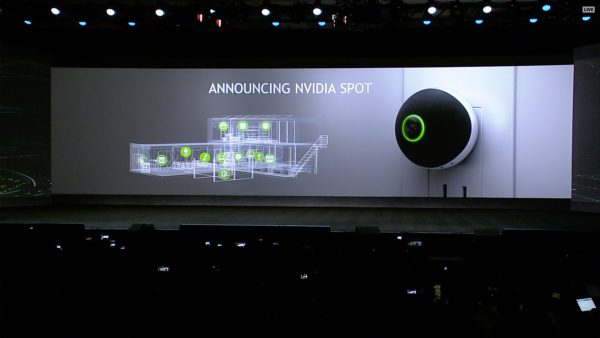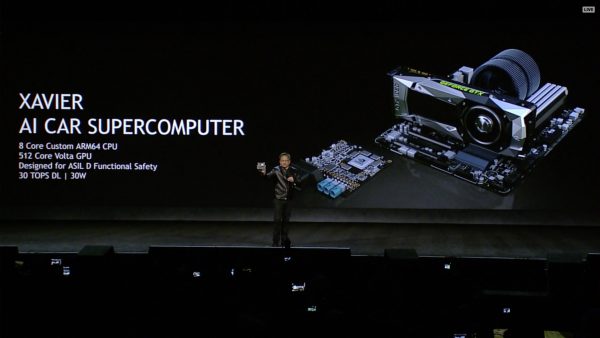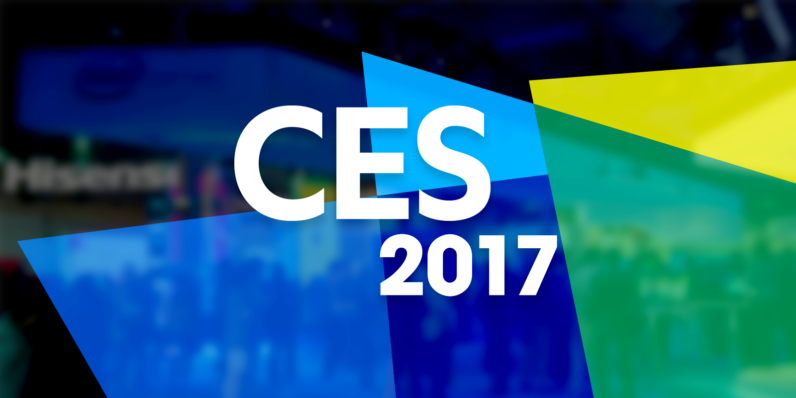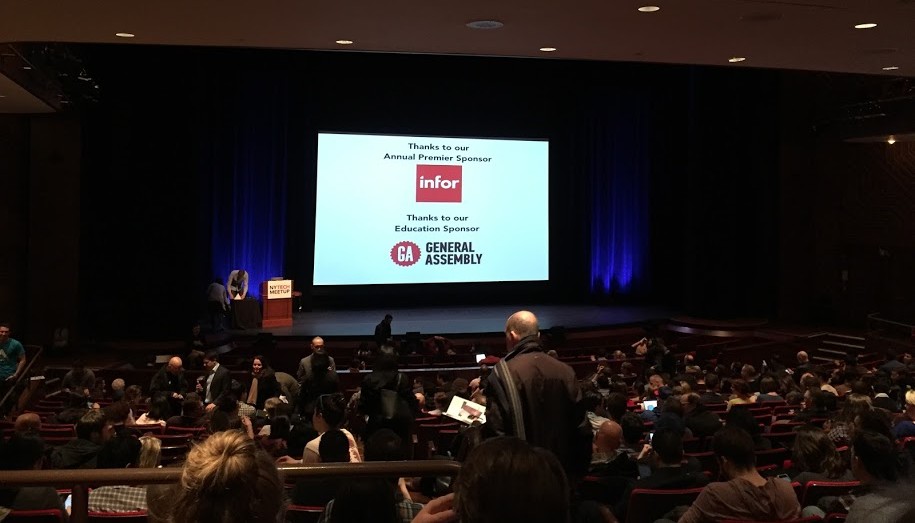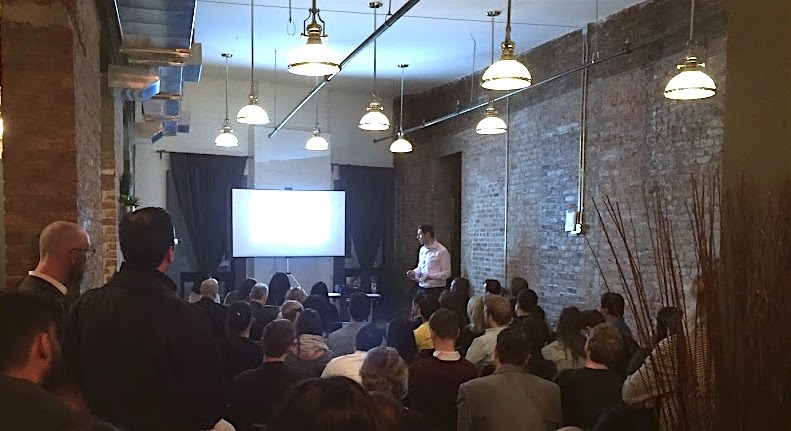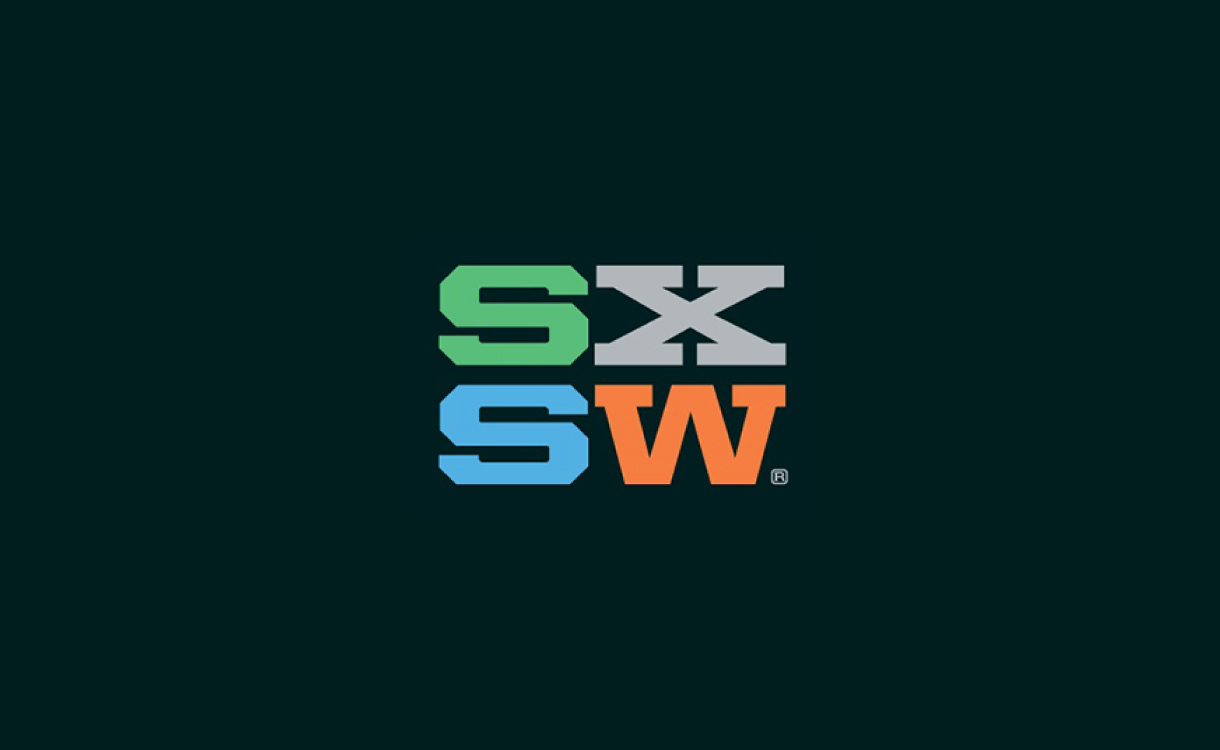Welcome to the Lab’s coverage of the 2017 Consumer Electronics Show, the biggest annual tech trade show that sets the consumer tech trends for the coming year. As with previous years, the Lab has a team on the ground in Las Vegas scouting the show floors to bring you the most noteworthy discoveries and announcements that marketers need to know.
What We Saw At CES
As we noted when Apple first started working with fashion brands on the Apple Watch, tech and fashion are two industries that are starting to realize the great benefits to be obtained by working together and converging some of the products. This year at CES, we are glad to see this trend continue to develop and crossover into beauty.
On Wednesday, L’Oreal surprised the crowd with a connected hairbrush dubbed Hair Coach. The beauty conglomerate worked with wearable brand Withings to create this sensor-laden brush that can sync up with your phone. With each brush, it will collect data and analyze your hair types and brushing patterns to recommend the right haircare products and grooming techniques.
Besides L’Oreal, two more beauty-related products caught our eyes so far at CES. Bioreline is an organic cosmetic company based in France, and they come to Vegas this year with VisioDerm, a thermometer-shaped gadget designed to quickly and expertly detects skin imbalances so as to assist beauty consultations and product recommendation.
Then there is HiMirror Plus, a smart mirror that promises to scan your face and generate an honest report of your facial skin conditions, detailing possible issues such as wrinkles, red spots, and pores so that users can know what to focus on in their beauty regime.
In addition, Samsung breaks away from making smartphones and VR headsets to introduce an experimental beauty product called S-Skin, a handheld gadget that scans and evaluates your skin conditions through a combination of cameras, light sensors, and conductivity sensors.
What This Means For Beauty Brands
Increasingly we are seeing beauty brands incorporating digital technologies into their products and services. On the mobile AR front, L’Oreal’s Makeup Genius app and the BeautyU app from Covergirl are good examples of how beauty brands can leverage the advanced capabilities of smartphones to provide extra utility throughout the consumer journey. In addition, the Hair Coach from L’Oreal demonstrates the value of hyper-personal data to the beauty industry. By gathering data on individual user’s beauty regimen and interests, brands can generate insights on their personal preferences and better understand their customers.
The Lab has extensive experience working with beauty clients to create and implement digitally enhanced retail experiences. The recently-opened NYX Cosmetics store at Union Square is a proud showcase of our team’s work in this space and elevated NYX as one of the most innovative digital beauty brands of 2016 named by WWD. If you’d like to learn more about how your brand can develop and implement digital-driven solutions to modernize your beauty retail experience, please contact our Client Services Director Samantha Holland ([email protected]) to schedule a visit to the Lab.
